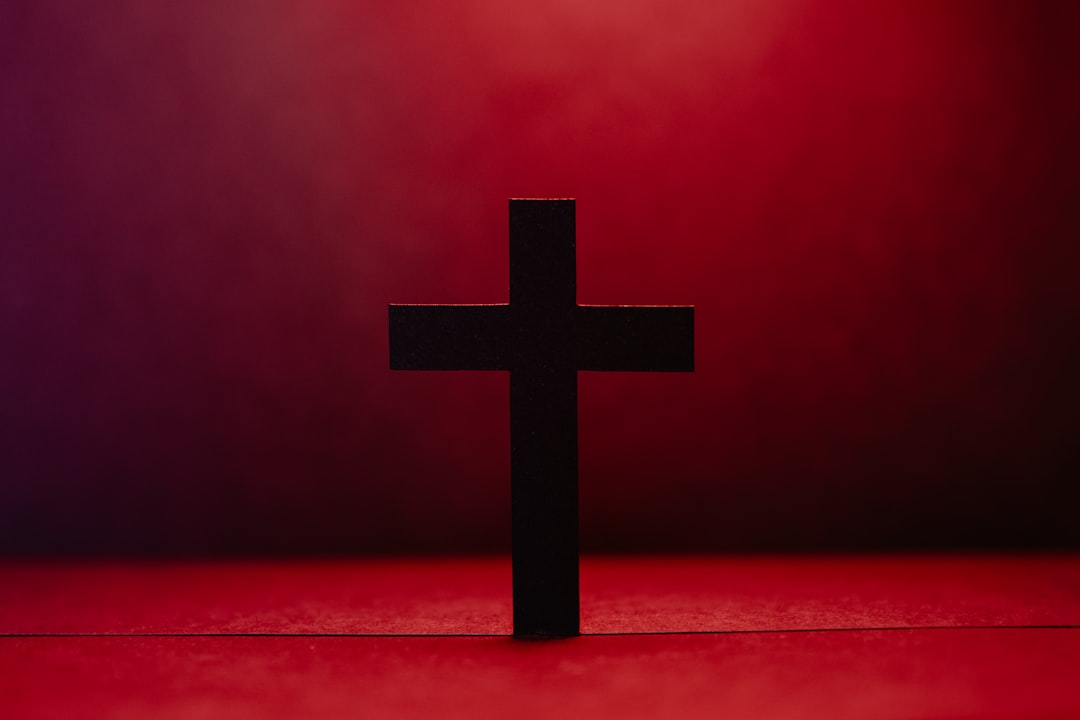The Modern Invention of Religion
Today, we assume that "religion" and "politics" are separate categories. This wasn't always the case.
The idea that democracy is undermined by excessive religion and religiosity is one that we tend to take for granted. Religion, after all, is concerned with interior belief, the supernatural, and that which can’t be measured, where democracy is about the ordering of modern politics. It is public, rational, and predictable, where religion— particularly un…
Keep reading with a 7-day free trial
Subscribe to The Agonist with Shadi Hamid to keep reading this post and get 7 days of free access to the full post archives.



